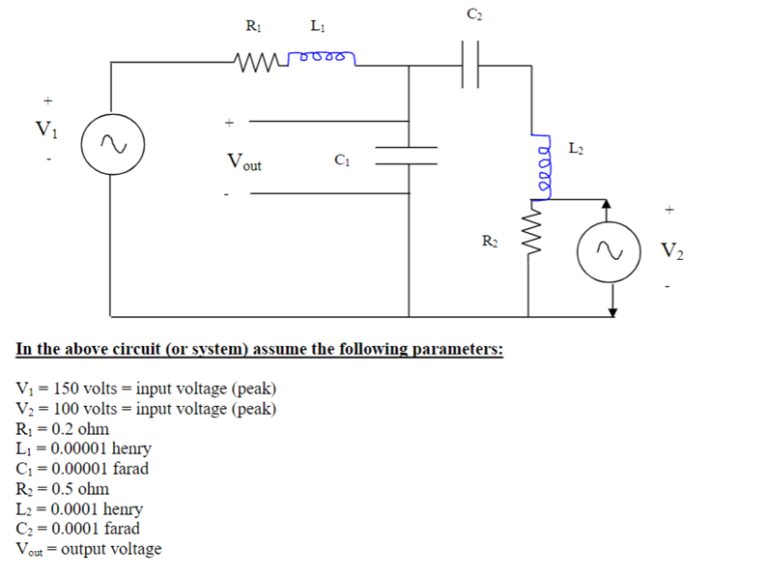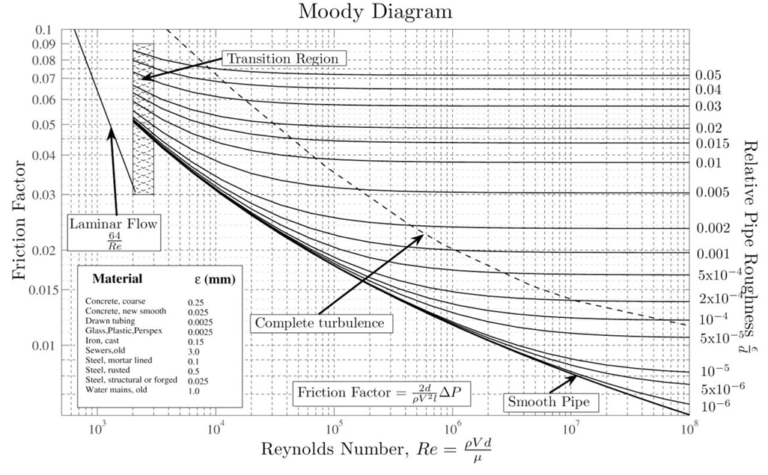Full-wave Rectifier Circuit
Introduction This report will examine the impact of adding two additional diodes to a full-wave rectifier circuit and the overall performance at varying engine speeds. The following sections will review the problem statement, key definitions, and background information, followed by the solution and conclusion. Problem Statement The circuit seen below in Figure 1.1 was provided…









